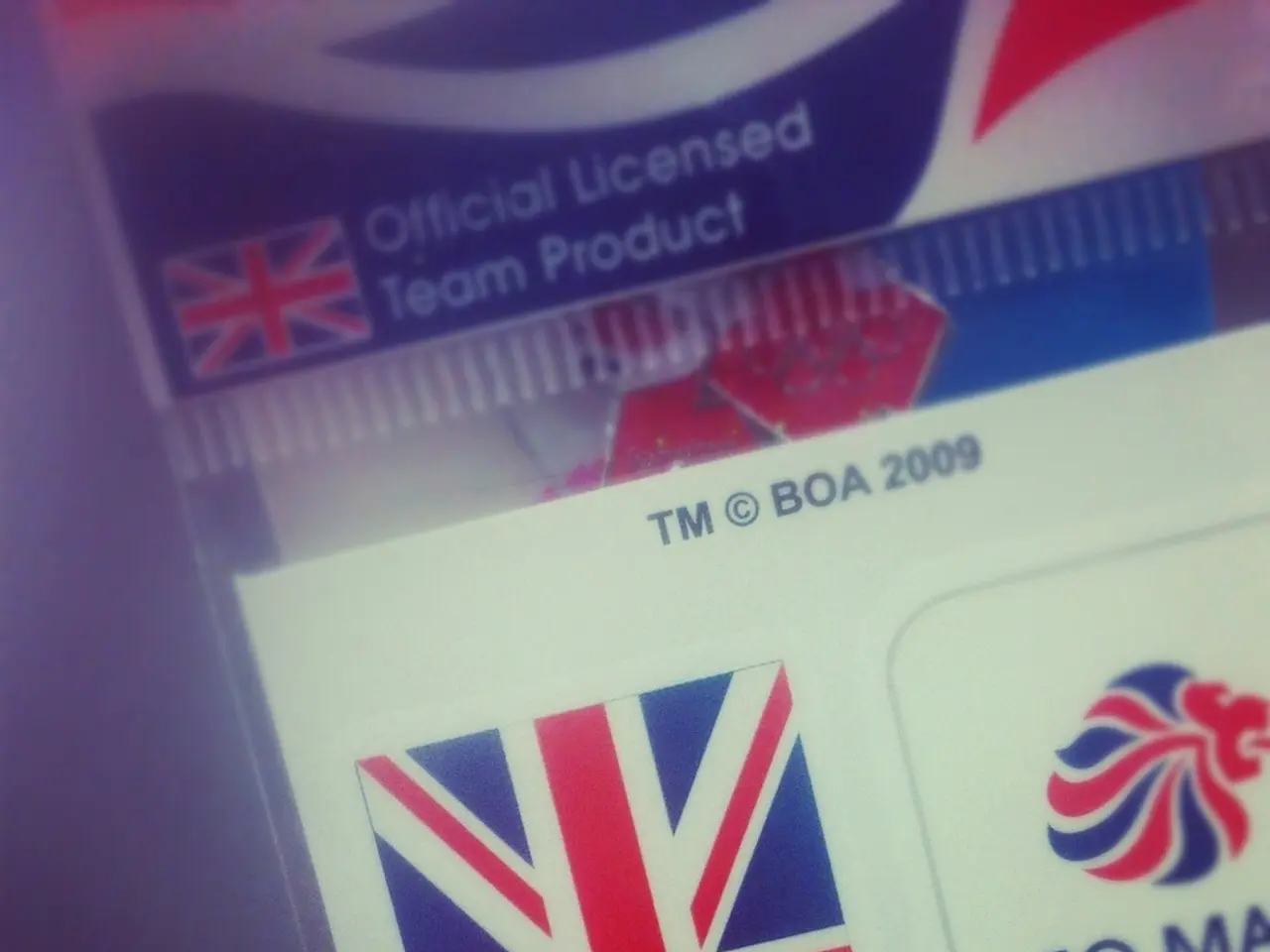Machine Identities: The Emerging Regulatory Hurdle
In today's digital landscape, machine identities such as service accounts, API keys, certificates, bots, and other non-human actors vastly outnumber human identities, posing critical compliance and security challenges in modern digital environments [1]. To address these concerns, it is essential for organizations to adopt a comprehensive governance framework for machine identity management.
The foundation of this framework is built on four core pillars: Inventory, Automation, Access Controls, and Logging and Auditing.
1. Inventory: Maintaining complete and up-to-date visibility of every machine identity across the enterprise is foundational. This discovery must cover all types of non-human identities, regardless of platform or environment, to enable risk assessment and policy enforcement [1][2].
2. Automation: Due to the scale and velocity of machine identity use, manual credential management is impractical and risky. Automated lifecycle management—including issuance, rotation, expiration, and revocation of credentials such as tokens and certificates—is essential to prevent lingering or forgotten credentials from becoming attack vectors [1][2].
3. Access Controls: Machine identities should be governed by robust access policies mirroring those for human users. Role-Based Access Control (RBAC) or Attribute-Based Access Control (ABAC) models should restrict machine privileges strictly to what is necessary for their functions, reducing the risk of over-privileged accounts [1][4].
4. Logging and Auditing: Enterprises must maintain detailed logs of all machine identity actions, including what was performed, when, and by which identity. These records are critical for regulatory compliance, forensic analysis, incident response, and ongoing monitoring of security posture [1].
In addition to these core pillars, adopting Non-Human Identity Management (NHIM) platforms purpose-built for these challenges is highly recommended. Such solutions provide complete visibility across hybrid and multi-cloud environments, integrate with cloud providers and secrets management services, continuously monitor posture to detect unmanaged or stale identities, and offer developer-friendly APIs to embed identity governance in DevOps workflows [2].
Moreover, governance policies should define ownership, monitoring responsibilities, and timely decommissioning of machine identities to continually minimize risk [2].
Modern IAM platforms are increasingly integrating machine identity management into broader strategies aligned with Zero Trust security principles. This includes enforcing least privilege, adaptive access controls, and real-time threat detection for both human and machine identities—crucial for reducing attack surface and meeting stringent compliance mandates [4][5].
In summary, organizations can reduce compliance risks related to machine identities by establishing full visibility of machine identities, automating credential lifecycle management, applying strict, least-privilege access controls, enforcing comprehensive logging and auditing, leveraging purpose-built NHIM solutions integrated with existing IAM and security infrastructure, and adopting Zero Trust frameworks that address machine identities at scale [1][2][4][5]. This holistic and automated governance approach positions enterprises to securely manage the exploding volume and complexity of machine identities while maintaining regulatory compliance and security resilience in 2025 and beyond.
References: [1] Machine Identity Management: The Hidden Key to Compliance and Security, Forrester, 2020. [2] Non-Human Identity Management: A Comprehensive Guide for Enterprise Security, Gartner, 2021. [3] The Importance of Machine Identity Management in a Zero Trust World, IBM, 2021. [4] Zero Trust Security: A Primer, National Institute of Standards and Technology (NIST), 2020. [5] The Evolution of Identity and Access Management, Gartner, 2021.
- To maintain regulatory compliance and ensure security resilience in the digital environment, it's crucial for businesses to invest in technology that offers data-and-cloud-computing solutions for machine identity management.
- Personal-finance management heavily relies on the stable operation of the industry, and cybersecurity governance plays a vital role in safeguarding business-critical applications and data, especially in the finance sector.
- Through adopting modern identity and access management (IAM) platforms, organizations can achieve automated governance of machine identities while upholding wealth-management strategies aligned with the Zero Trust security principles.
- As the reliance on non-human actors such as service accounts and API keys becomes more prevalent in the business world, it's essential to supplement traditional investment strategies with an understanding of data-and-cloud-computing trends, particularly in the area of cybersecurity and machine identity management.




